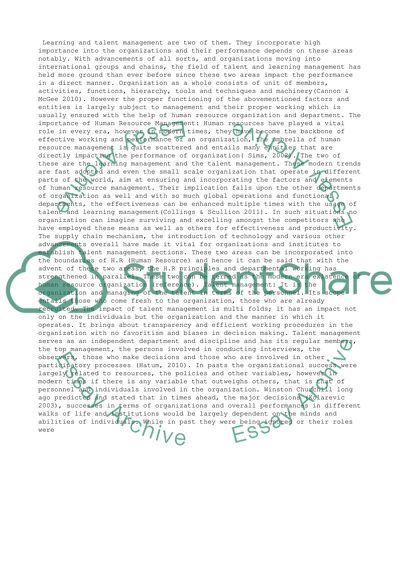Cite this document
(“Learning and talent management in an organisation Research Paper”, n.d.)
Retrieved from https://studentshare.org/management/1402881-learning-and-talent-management-in-an-organisation
Retrieved from https://studentshare.org/management/1402881-learning-and-talent-management-in-an-organisation
(Learning and Talent Management in an Organisation Research Paper)
https://studentshare.org/management/1402881-learning-and-talent-management-in-an-organisation.
https://studentshare.org/management/1402881-learning-and-talent-management-in-an-organisation.
“Learning and Talent Management in an Organisation Research Paper”, n.d. https://studentshare.org/management/1402881-learning-and-talent-management-in-an-organisation.


